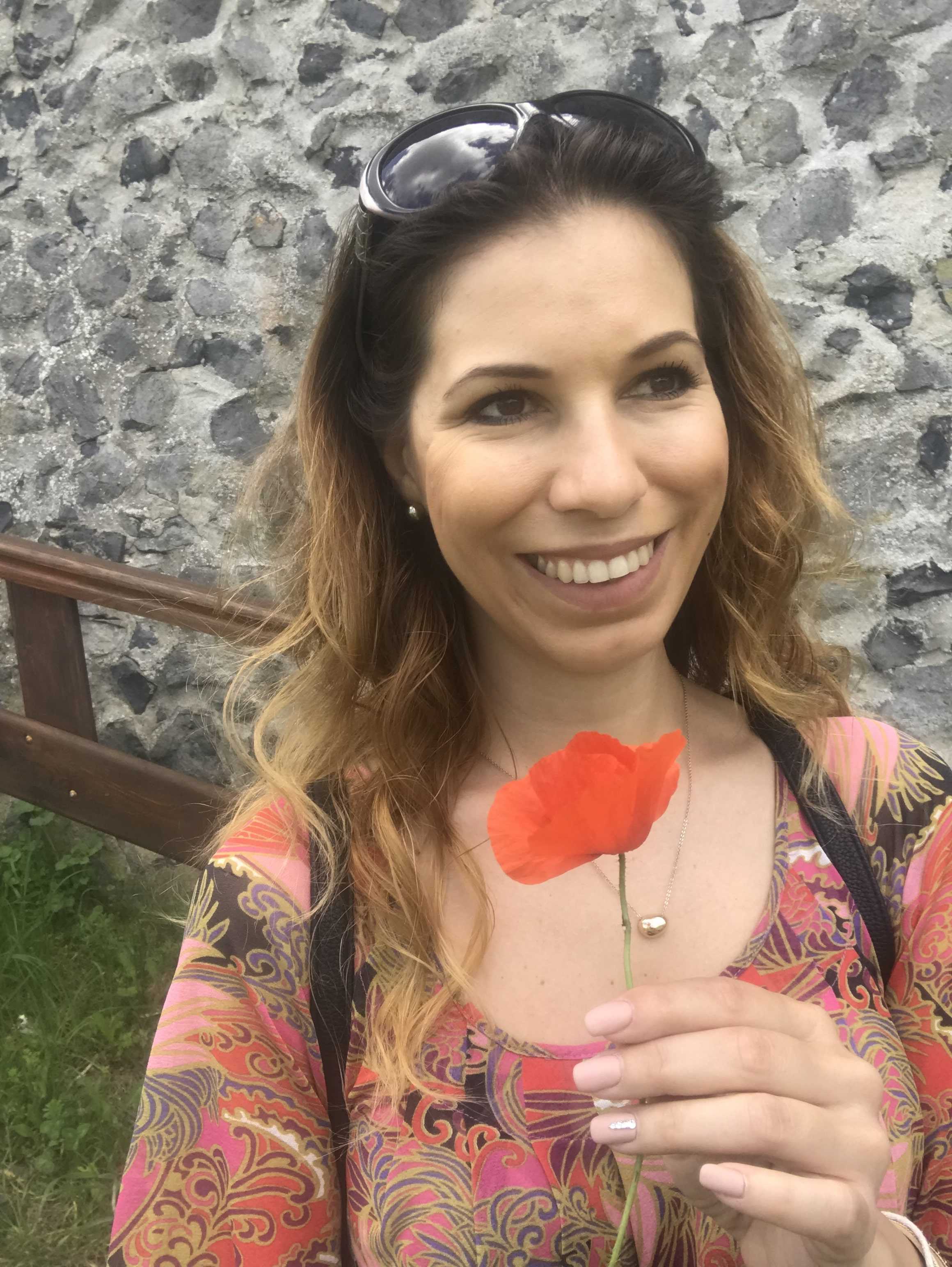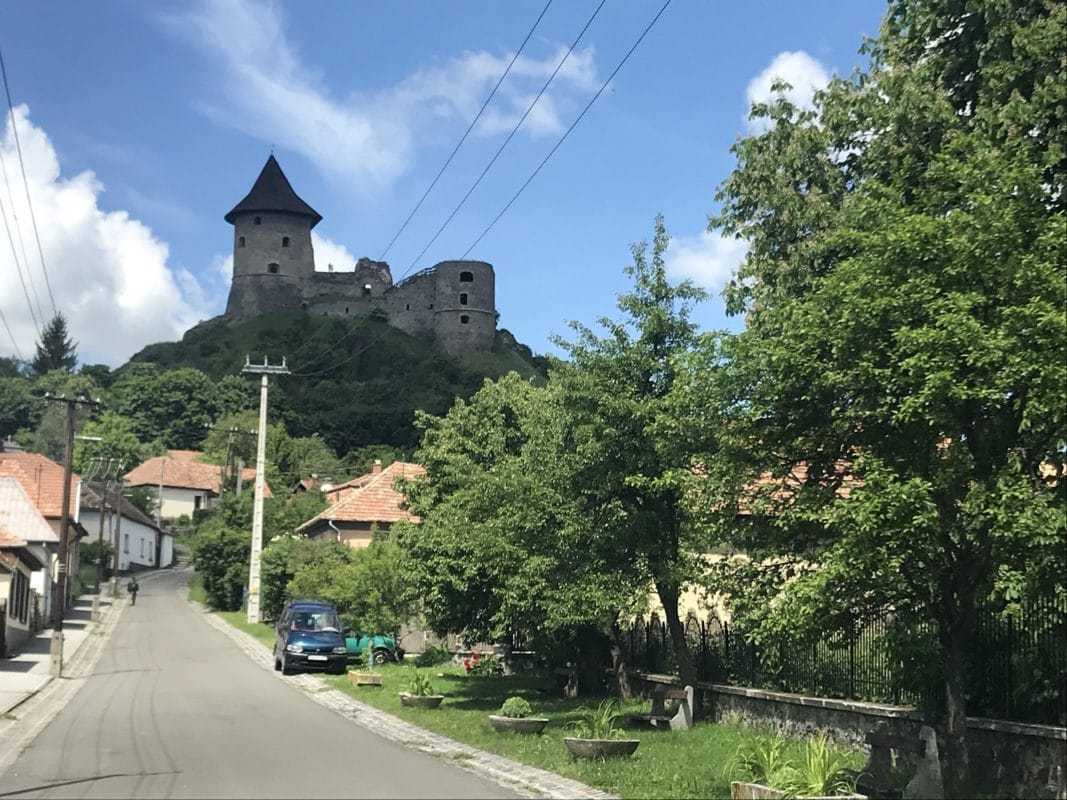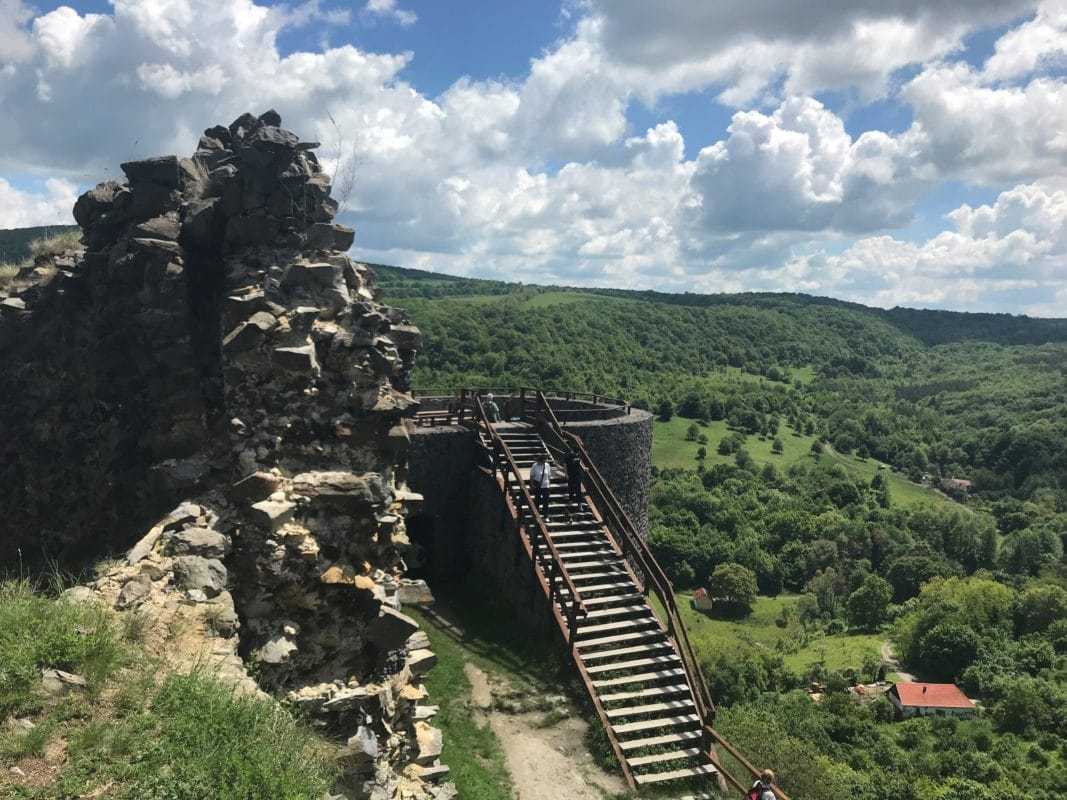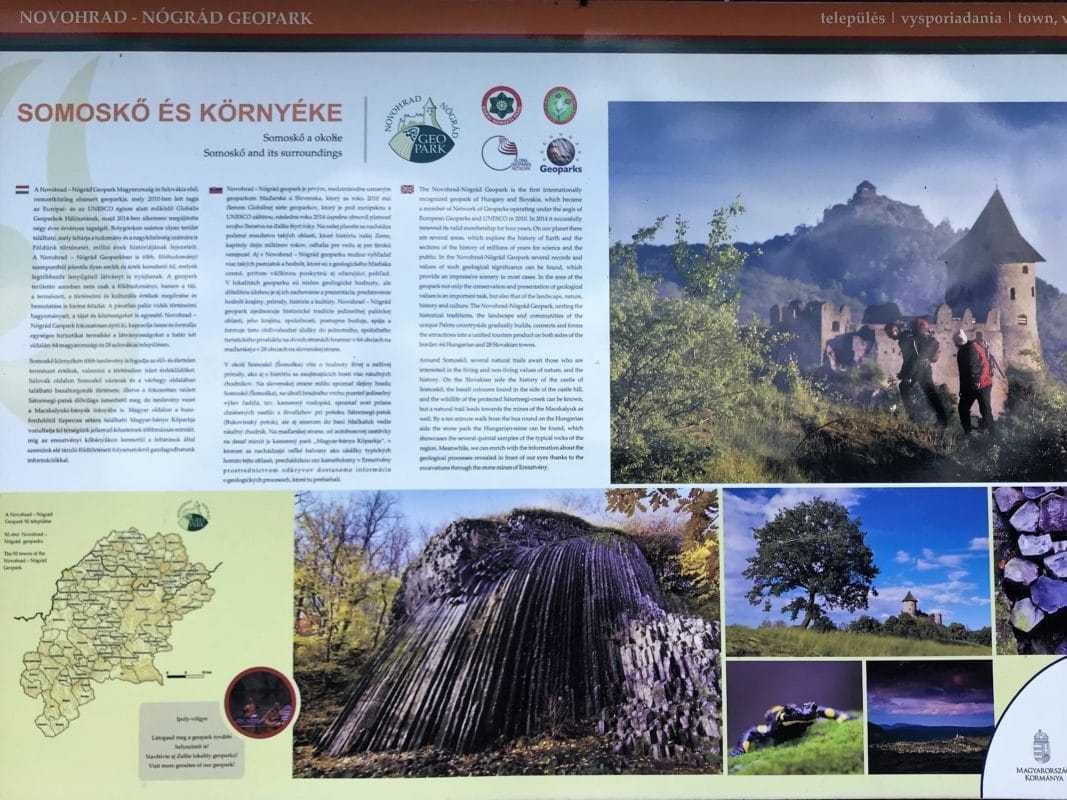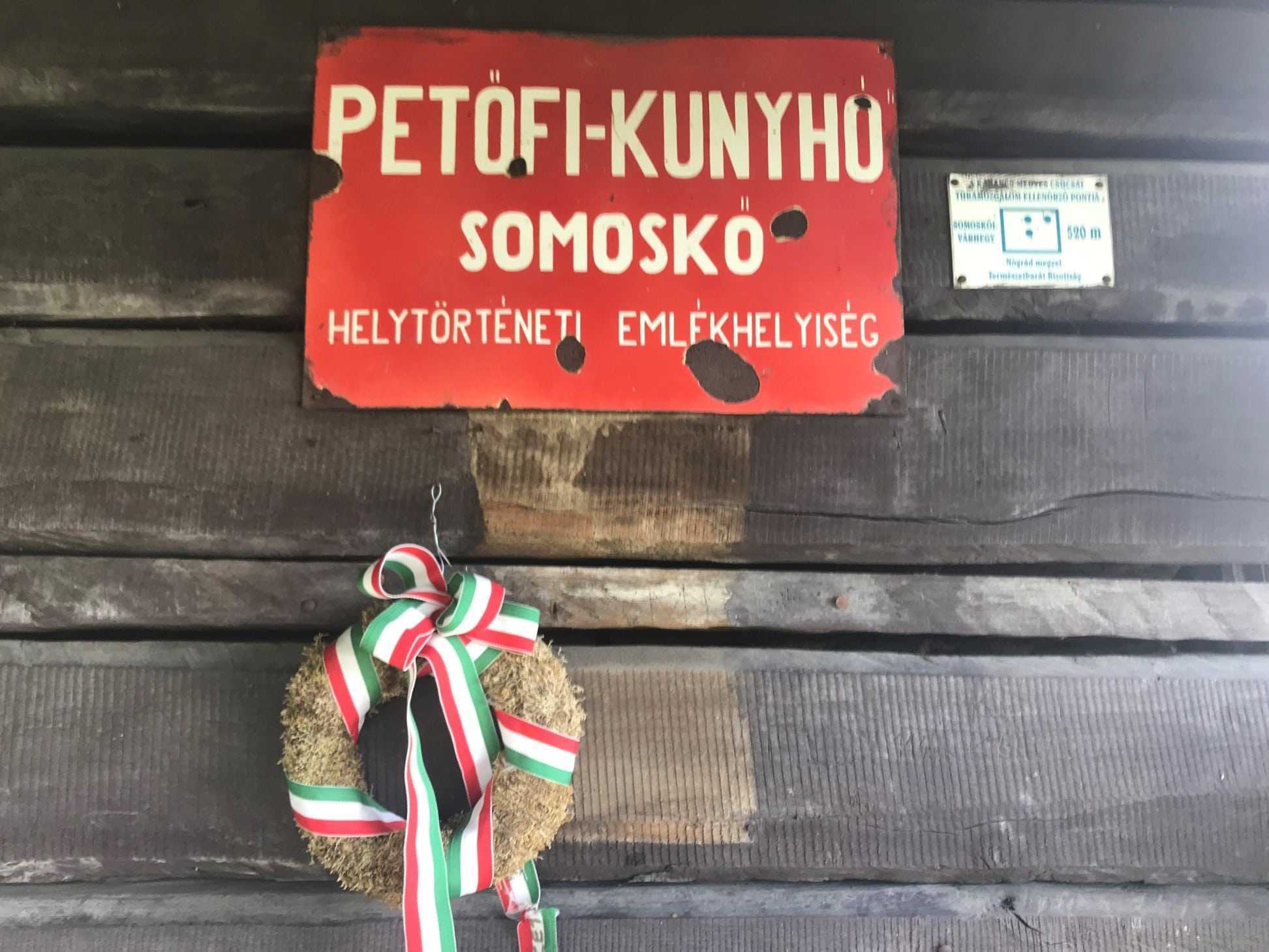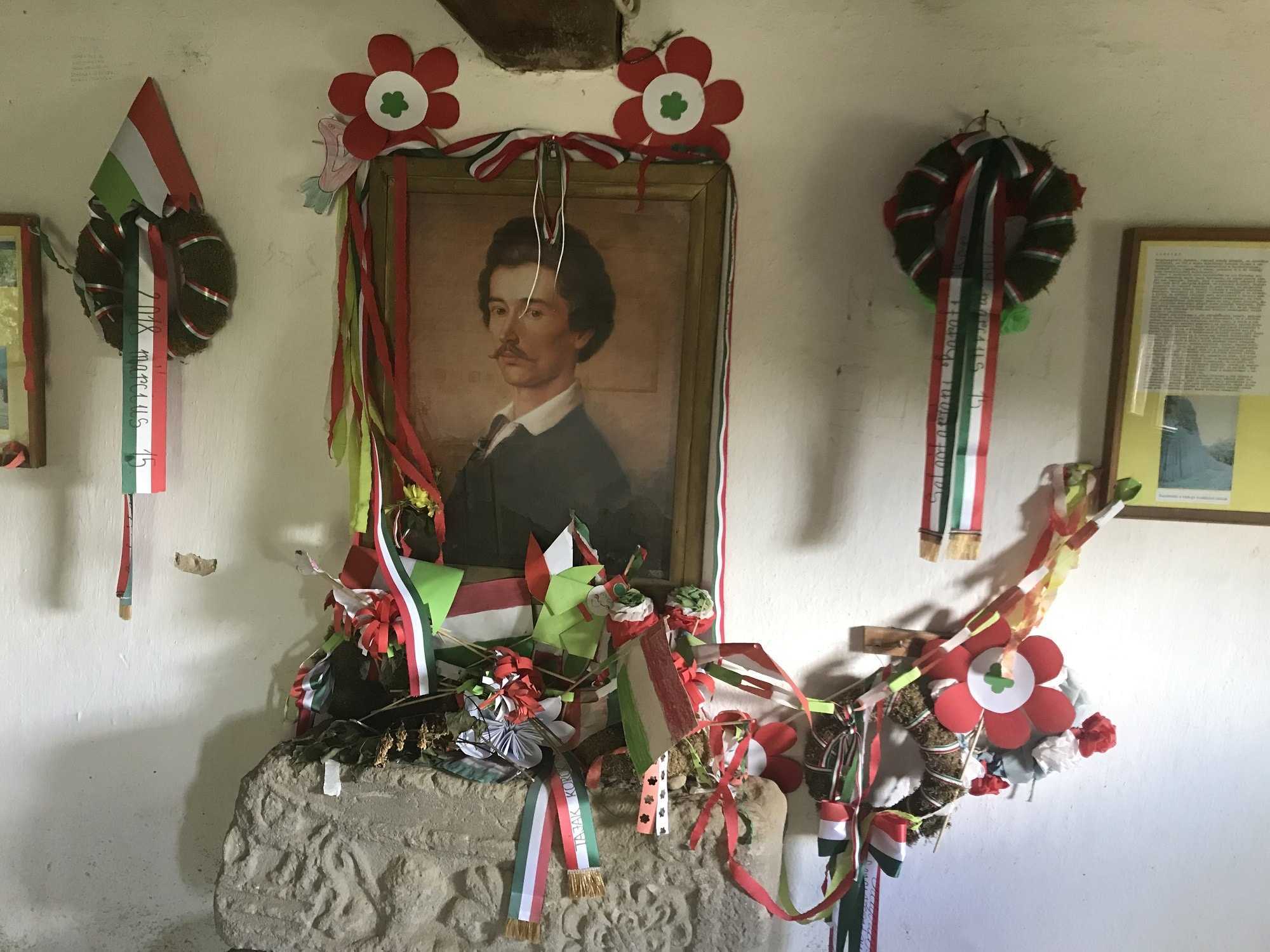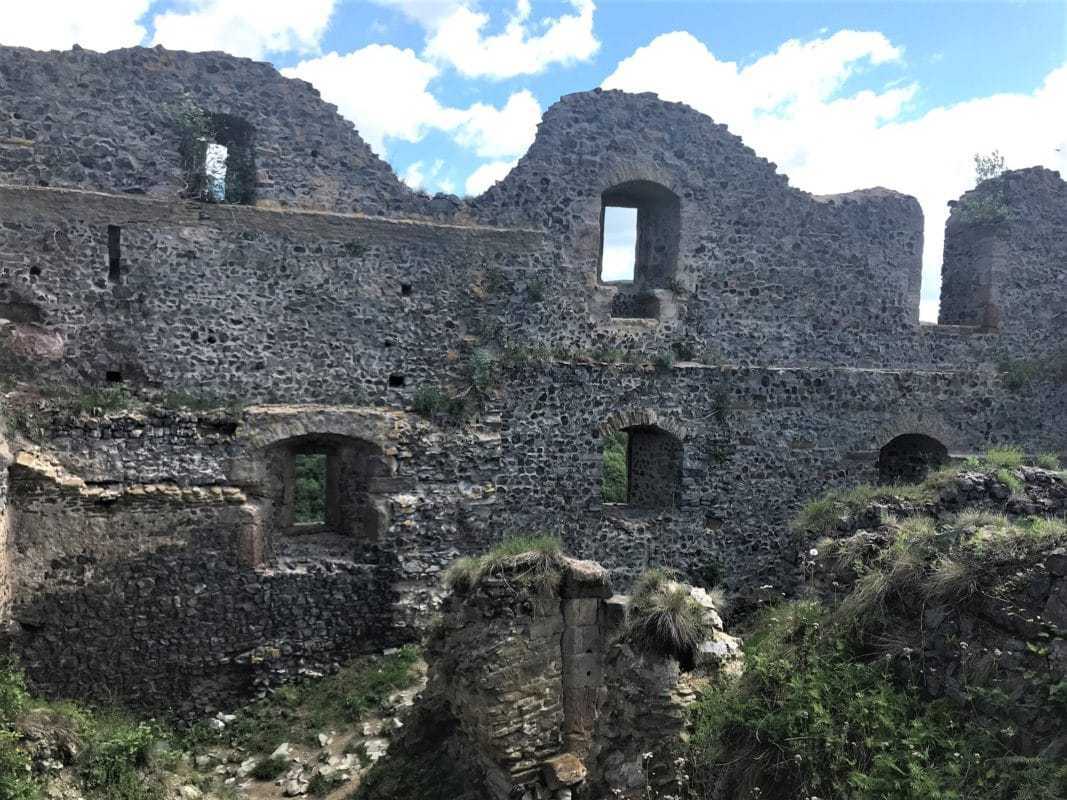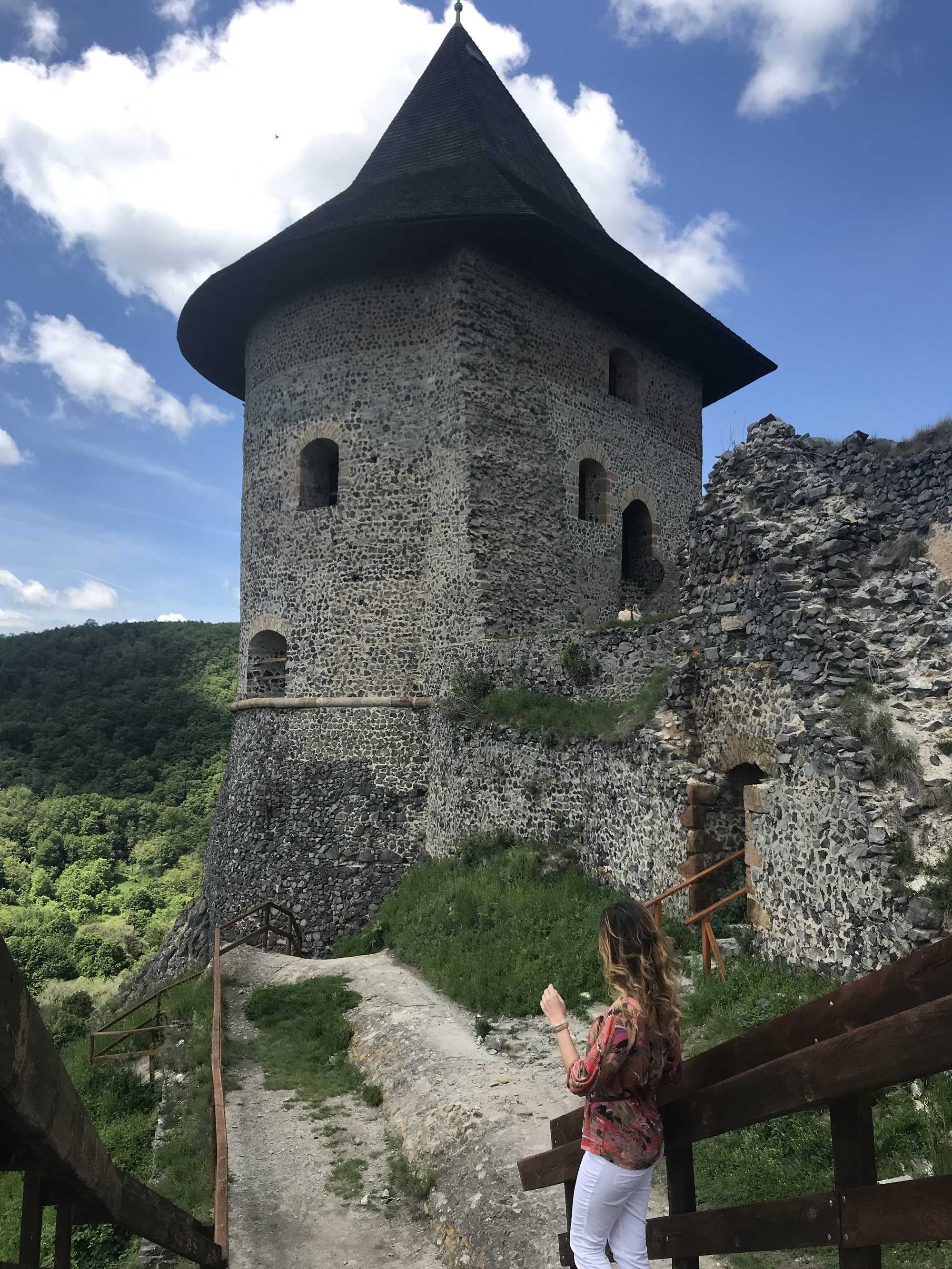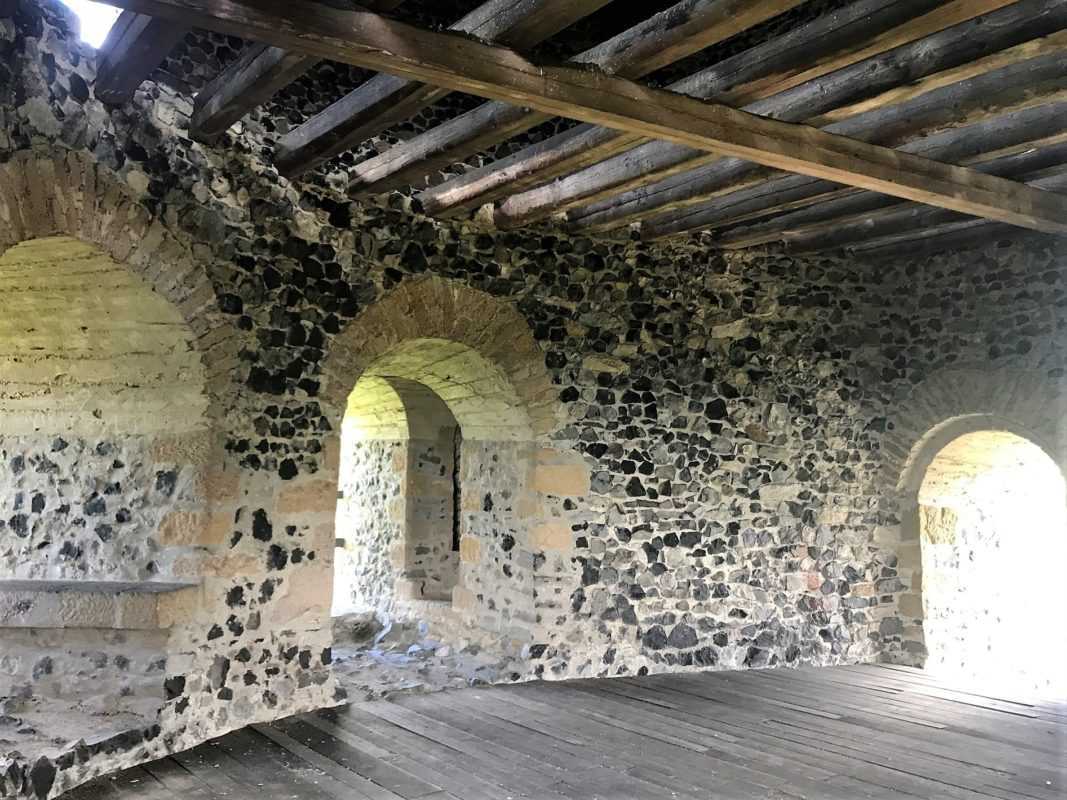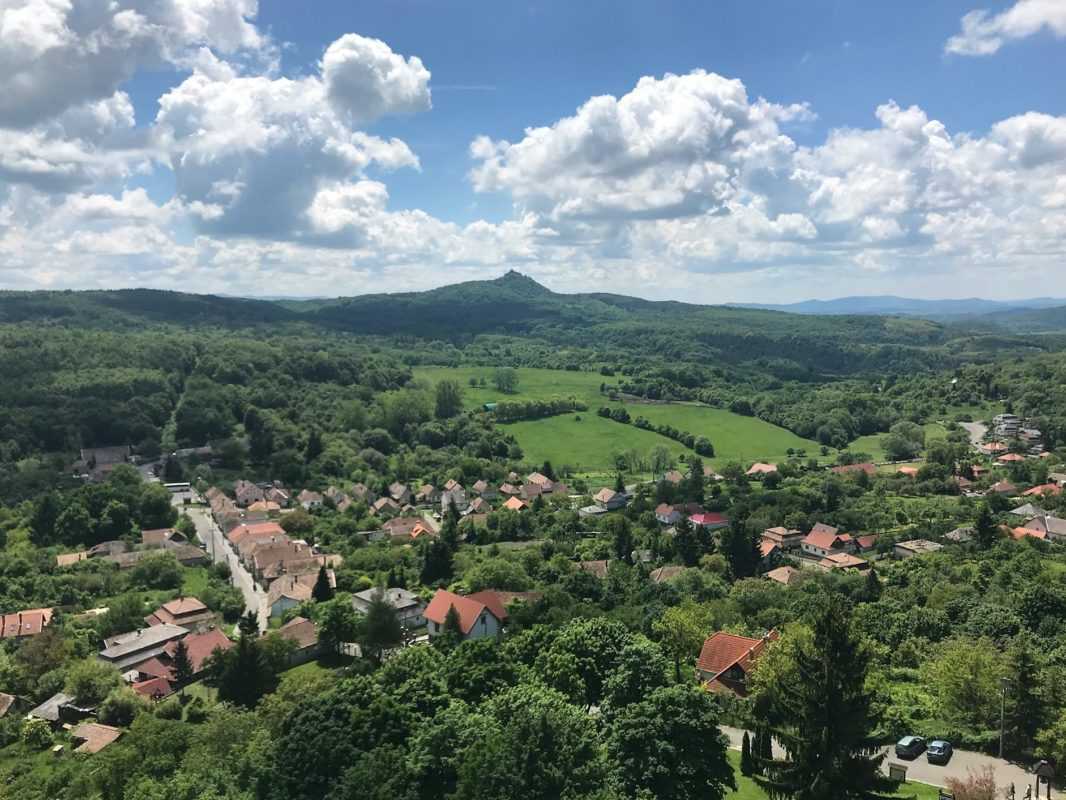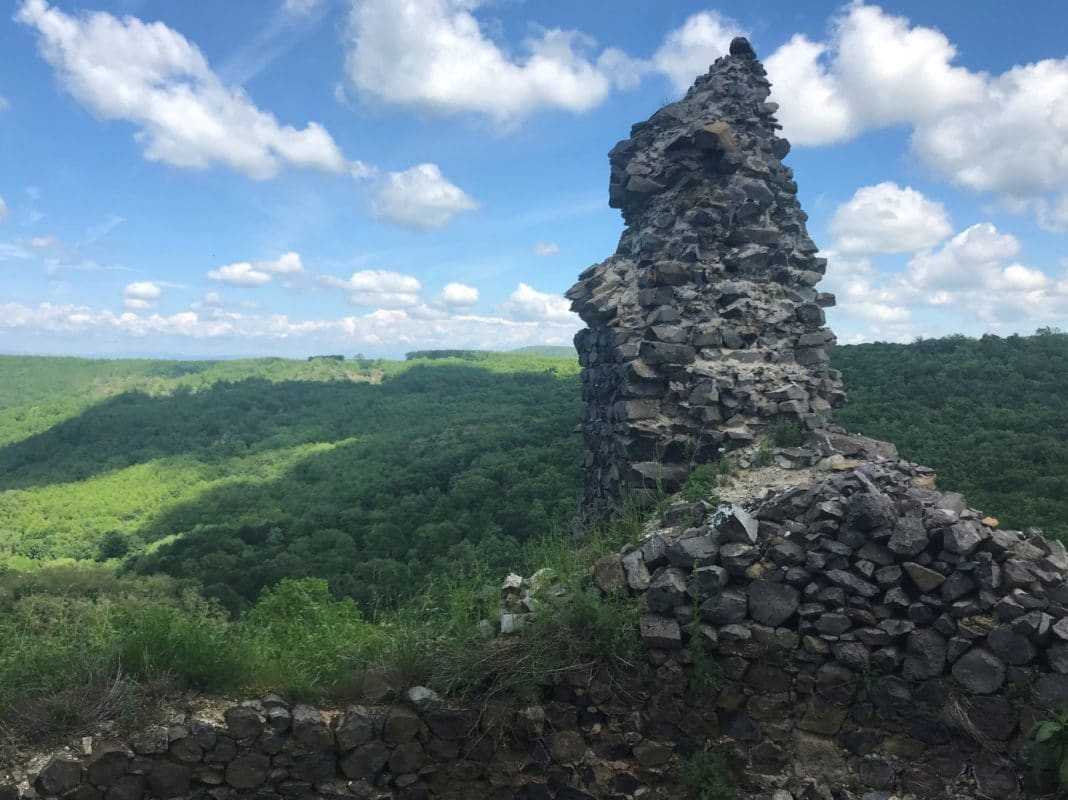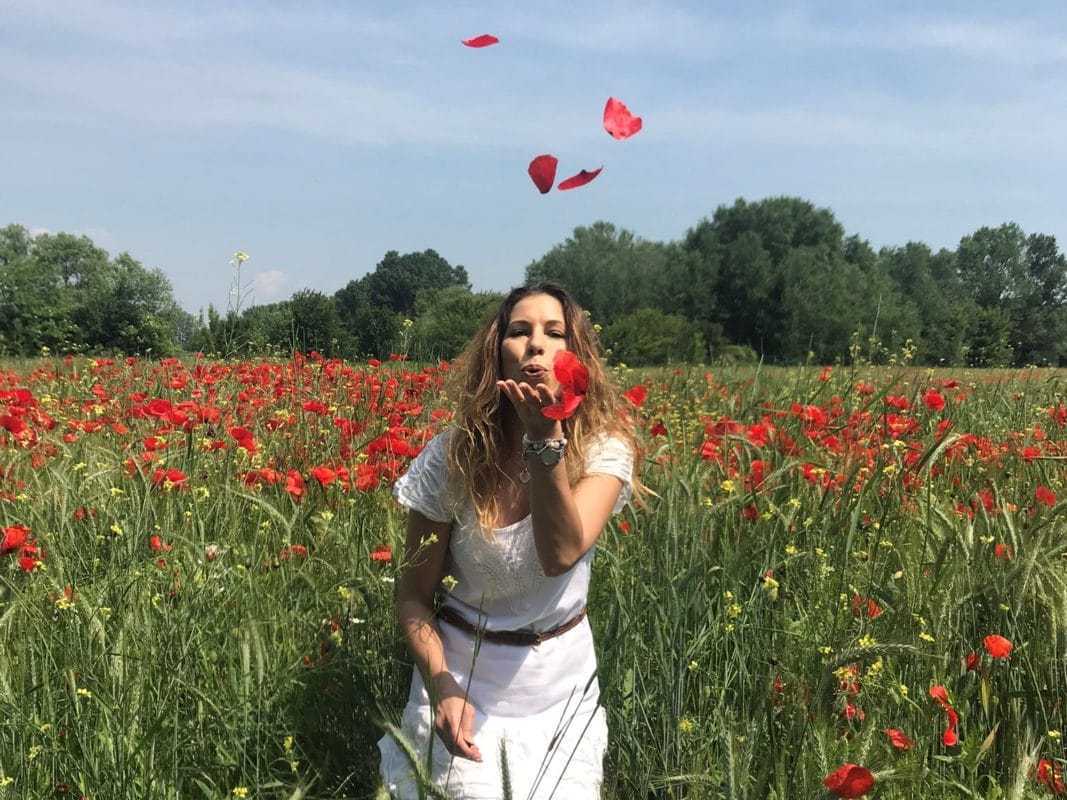What’s Somoskő named after? How can a castle return home? What do we know about this beautiful place situated in Nógrád county? It all started that I wasn’t even going to visit here. Sóshartyán was my desired destination, where, according to my friend Google, there were huge red poppy fields in May 2017 and May 2018. Since for days I felt an irresistible urge to see many, many poppies my recalling childhood memories, I made my way to Salgótarján despite the distance of 120 km.
On the way there, I was pleased to see a few red flowers in the wind here and there, so I continued my way with increasing enthusiasm. At the time, I didn’t know I will have a huge disappointment in the village. Not only was it a red field, but there was not even a poppy, because the iconic meadow was mowed down last year. Unfortunately, the poppy is not an agriculturally welcome guest and due to careful extermination, it is now only possible to meet them in large quantities along with deserted places.
I was immensely disappointed that there were no poppies anywhere, and I traveled so much unnecessarily. But before turning back to Budapest, I saw a castle on the hilltop nearby, so I curiously headed that way.
As I approached the regular cylindrical tower of the castle, I felt a little as if I were back in Tallinn. But I was in the courtyard of the Castle of Somoskő, which is truly remarkable not only visually, but also from a historical point of view.
There are two theories about the origin of Somoskő’s name. In the first literal translation, it is a stony place covered with a dogwood (it’s som in Hungarian). Which I’m sure is true, considering there’s a lot of bushes in the area. The other interpretation derives from the word somos, i.e. splitting, and refers to the nearby basalt rapids, which were created as a result of volcanic activity. Solidified basalt columns, which can be up to 9 meters high, are a rare geological formation and can be seen in only four places in the world. As a point of interest, most of the cobblestones covering the streets of Budapest are also from this region, to be exact, from the nearby Macskalyuk mine.
On the hillside, the first stop leading to the castle is a tiny chalet named Petőfi hut. Not coincidentally, the famous poet was here on June 12, 1845, and this preserves his memories.
But not only he, but also many famous historical persons visited the Castle of Somoskő, such as Bálint Balassi, who often visited Anna Losonczi in the castle, and without whom the famous Juliet poems would not exist today.
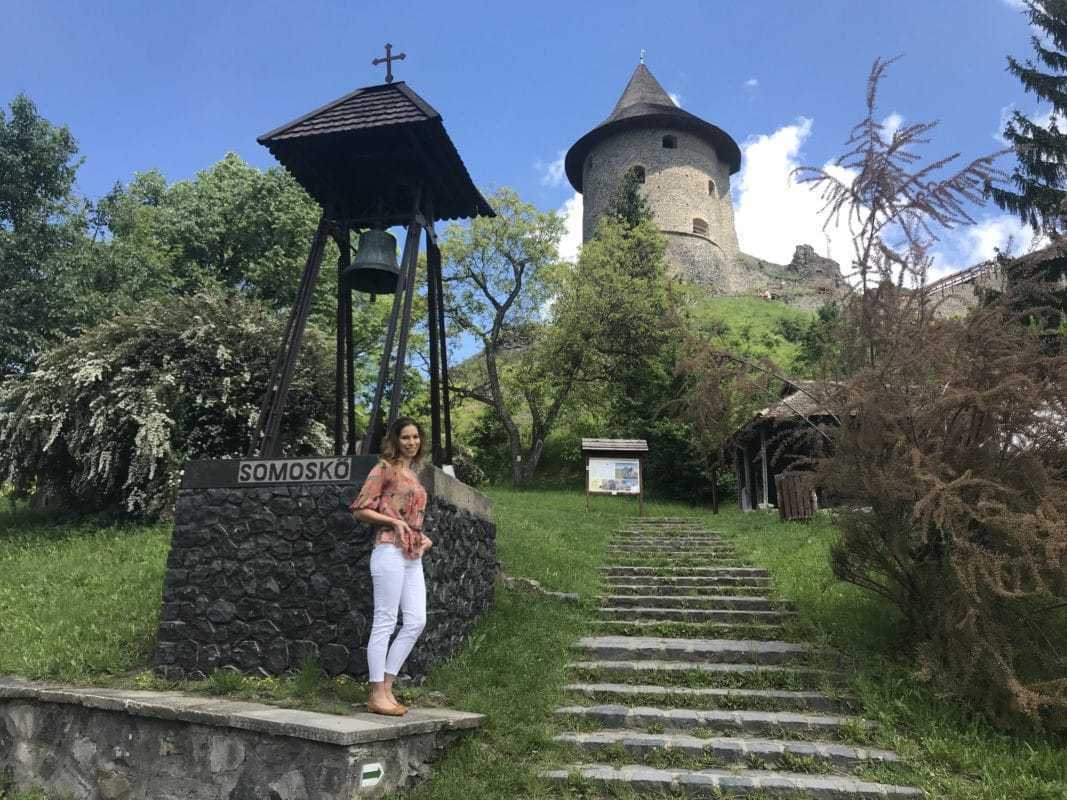 The castle itself was built after the 1241 Mongol invasion on top of the 526-meter-high hill. It is made up mostly from the nearby basalt columns and has changed hands over the past centuries. In 1593, Hungarian troops managed to retake the Castle of Somoskő, which was seized by the Turks, which later became the hands of the insurgent Kuruc without any battle during the Rákóczi War of Independence.
The castle itself was built after the 1241 Mongol invasion on top of the 526-meter-high hill. It is made up mostly from the nearby basalt columns and has changed hands over the past centuries. In 1593, Hungarian troops managed to retake the Castle of Somoskő, which was seized by the Turks, which later became the hands of the insurgent Kuruc without any battle during the Rákóczi War of Independence.
However, after the Treaty of Trianon that closed the First World War, the fate of the place was sealed. According to the treaty, the castle was deemed to be Czechoslovakia, while the village around it got to Hungary within the borders of the city. This split situation lives on to this day: the village is here, the castle there.
Before the Millennium, if someone wanted to visit the castle, he could only do it with a significant detour, from Slovakia. After the opening of Somoskő castle from the Hungarian side in 1999, for a long time, it was only possible to “travel” to the castle with a passport. Fortunately, it has been open to the world since 2007.
It would be a shame to miss the trip to the castle for hikers as from the top there is a stunning view of the settlements of Somoskő and Somoskőújfalu. With the forests and hills of the Medves Plateau and Sátoros Mountain, it reminded me of the windows XP background screen.
Admiring the panorama under my feet I suddenly saw a poppy. And the next day, I found a big poppy field near my city. So not only did the story and life end up with a happy ending, but my favorite childhood poem also came true.




